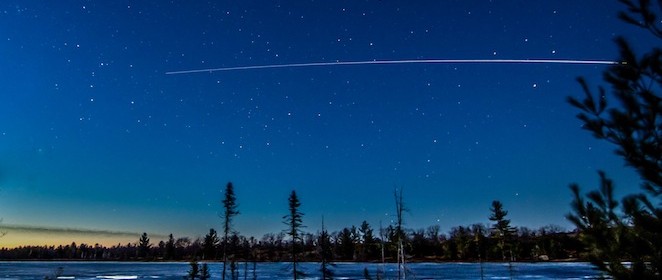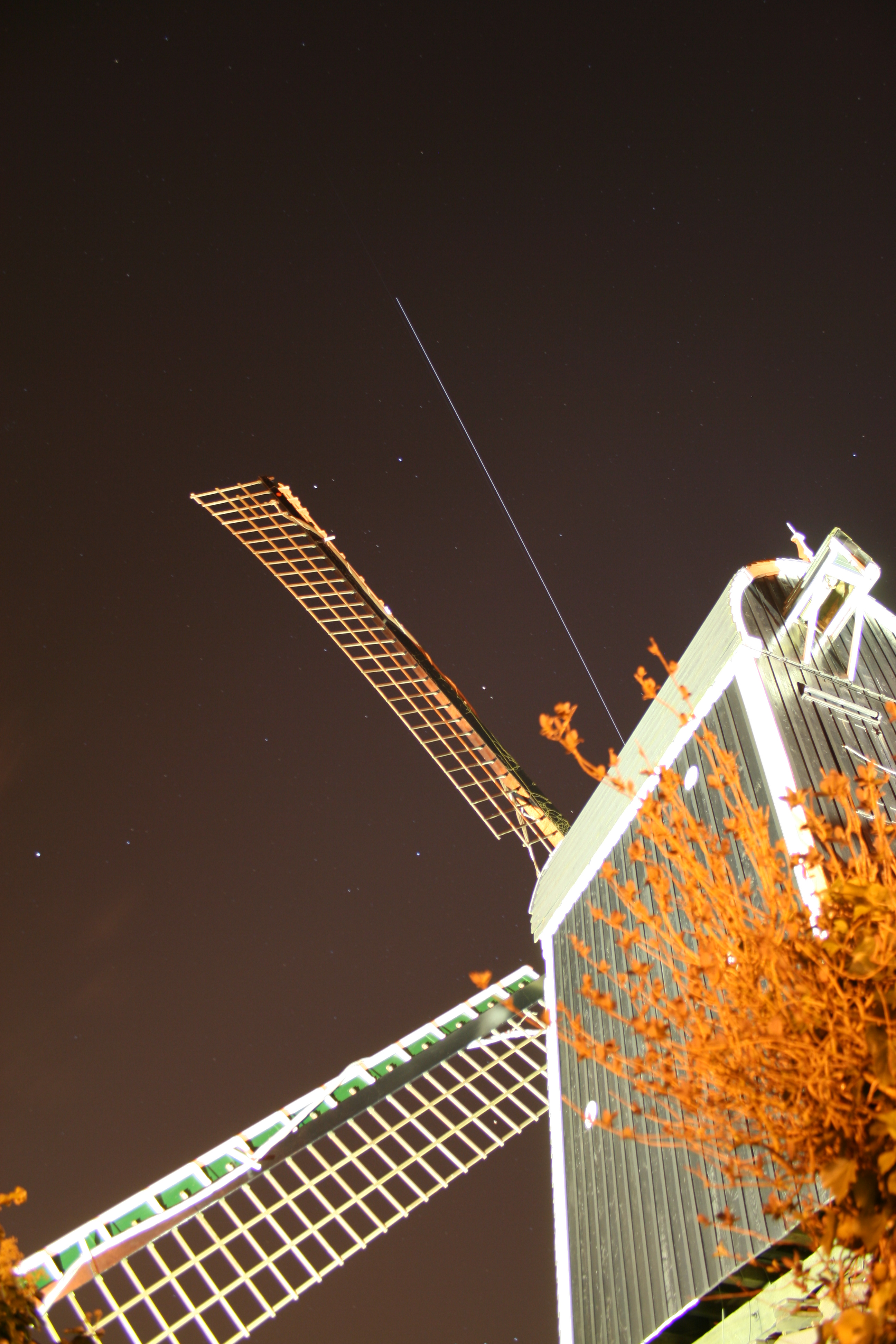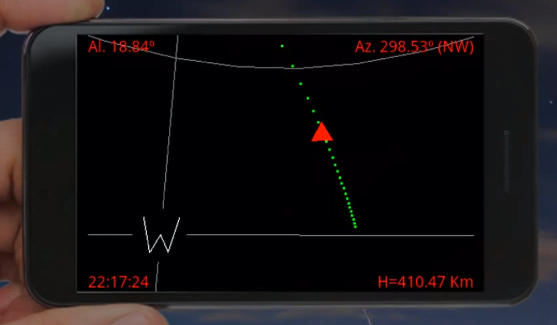Blog
The Earth Observation BlogSpot the Station!
Even if many people are not aware of the daily news in the Space world, almost everybody has heard of the International Space Station (ISS). Let’s say that human spaceflight is usually more ‘news-friendly’, you know an astronaut from your country, or simply you have always dreamt of being an astronaut. But the other day I was talking to a friend and my ISS-pass alarm beeped. Rather than snooze it we went to observe the Madrid’s sky. He was reluctant of seeing anything, as in big cities the chances of enjoying the beauty of star-seeing have diminished considerably. But there it was, showing like a very bright star, the ISS passing at an orbital speed of 7.7 km/s. Nobody in the street seemed to notice it but in fact it is one of the brightest objects in the sky after the Sun and the Moon. Admittedly, during my time at the European Space Agency in the Netherlands, I was that friend. My colleague Bernhard Dorner, who is an experienced astronomer, showed to me how to look at an ISS pass. We then prepared the camera (as an expert I provided the remote sensing instrument) in a nice typical Dutch setup in Leiden, and this is how it looked like:
The thin white streak corresponds to approximately 30 seconds of shutter exposure to the ISS pass. If you zoom into the picture you will notice a parallel dimmed line that leads the previous one. That’s the first ATV (Automatic Transfer Vehicle), named Jules Verne, during the rendezvous manoeuvres, docking the station later in April 2008. Two nights ago I repeated again myself alone the portrait here in Madrid. I took my reflex camera and the tripod, then I checked the exact passing time and sky portion to focus and that’s what I managed to photograph:
There are plenty of sources in where to check the ISS passing times, but I recommend three:
- Heavens Above
- Spot the Station by NASA
- Smartphone app like ISS by AndroideSimple
Heavens-Above is very complete and provides passing data for ISS, ATVs, Tiangong, Iridium flares, comets, etc. It gives detailed information on exact times and the sky portion where to watch. As a guide for how intense the light of the ISS will be, a ‘brightness’ parameter is provided . Usually ISS brightness oscillates between 0 and -5.9 in logarithmic scale; the larger the absolute magnitude the brighter the pass (Sun brightness is around -26.7, full moon -12.7). ‘Spot the station’ is a NASA free subscription service that sends an email or SMS a few hours before a visible pass is to occur at the configured location, with the details on time, maximum height and appearing/disappearing directions. The latest Android app is the one I used for my picture. It uses GPS, accelerometer and compass on your phone to set up the location and to show the passing trace in an augmented reality fashion. Thus, it’s easy to point the camera to the required portion in the sky. Say that you fix the exposure time to 30 seconds, a couple of previous tests playing with the aperture and ISO settings are recommended before taking the final shot. For instance, in my picture I used f/7.1, 30 sec, ISO 200 and the minimum focal length (no zoom at all). As soon as you see the station coming up you may have some seconds before shotting; afterwards there’s no way back.
I strongly encourage you to start by simply trying one of the sources above and selecting one bright pass. Hopefully the weather will help and you’ll enjoy it. Then you can concentrate on taking pictures the following times and sharing them!






